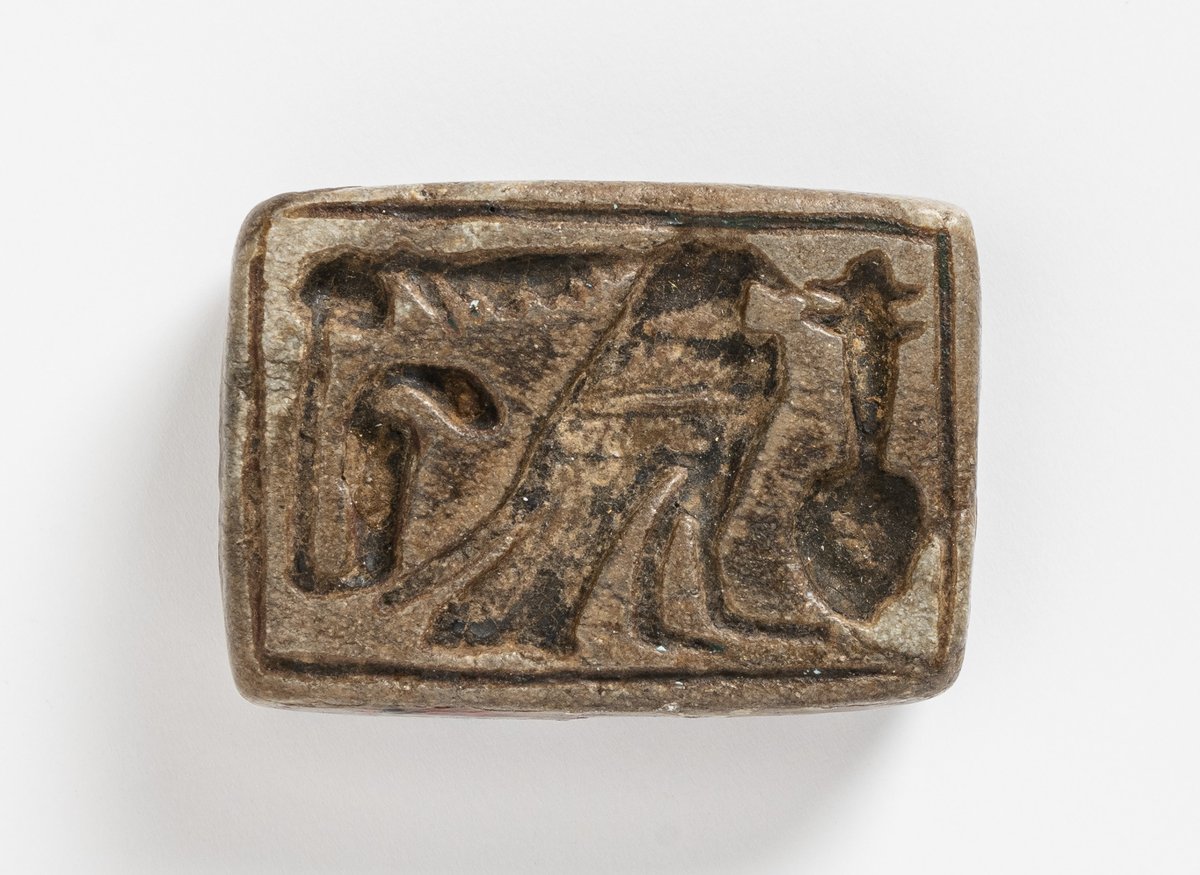
Plaque
Egyptian Art
| Place of production | Heliopolis (?), Egypt |
|---|---|
| Date | 1700–1650 B.C. |
| Object type | sculpture |
| Medium, technique | Granodiorite |
| Dimensions | 23 × 24 × 14 cm |
| Inventory number | 51.2049 |
| Collection | Egyptian Art |
| On view | Museum of Fine Arts, Basement Floor, Ancient Egypt, Temples and gods |
Considering its stylistic features, the royal bust can be placed at the end of the Thirteenth Dynasty (seventeenth century BC), and it presumably depicts Sobekhotep VII or VIII. Complemented with the missing lower part – now in the Ägyptisches Museum und Papyrussammlung in Berlin – one can see a kneeling royal statue. The almond-shaped eyes are set far apart from each other in the oval face. The disproportionately large ears are a typical stylistic feature of the Middle Kingdom statuary while the face itself does not reflect the rigidity of royal statues of the Twelfth Dynasty. On his head, the king is wearing the nemes headdress which is separated from the forehead by a strap and which is tied in a plait running down on the back. The strap is surmounted by a uraeus (rearing cobra) which protects the pharaoh. The piece was made in one of the workshops of the northern royal residence, and might have been part of a group of coronation statues.
This record is subject to revision due to ongoing research.